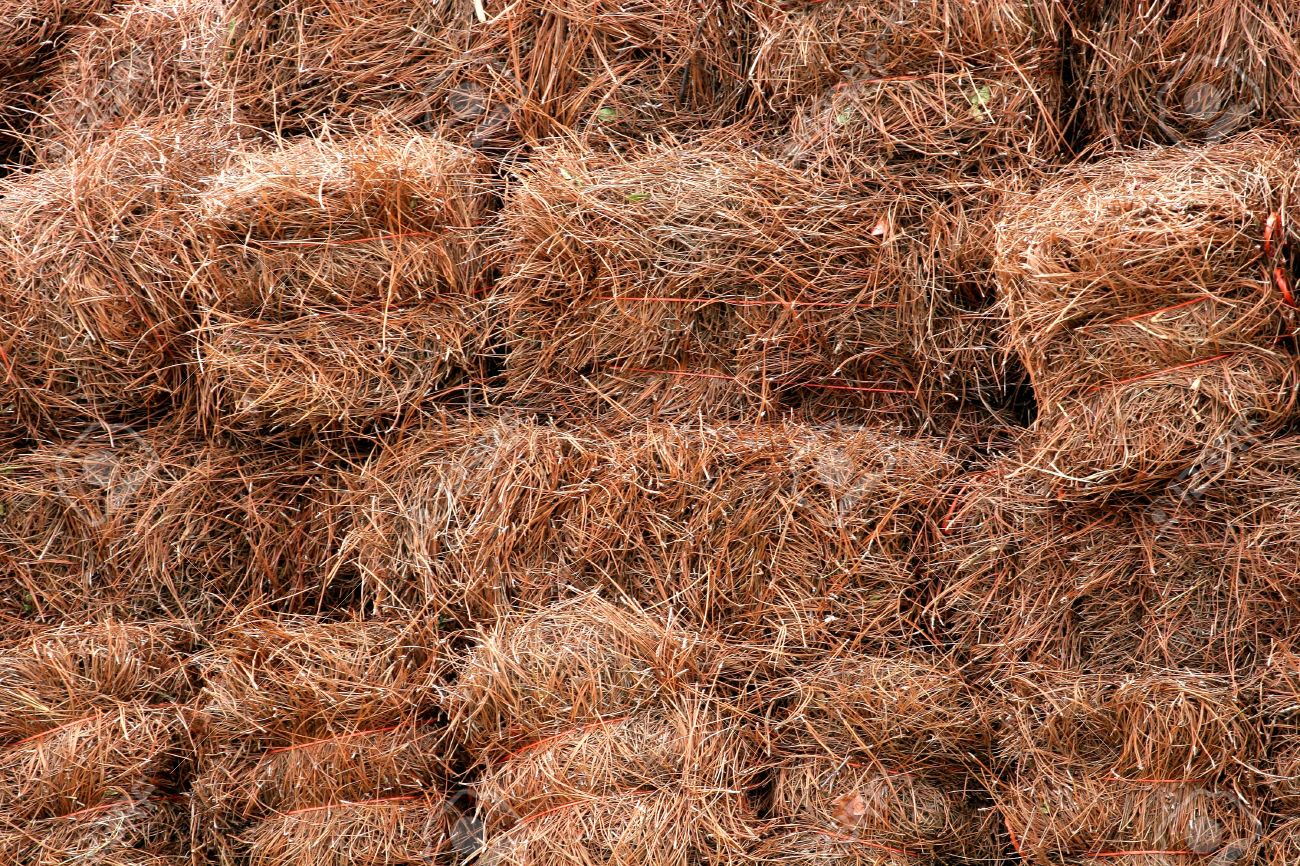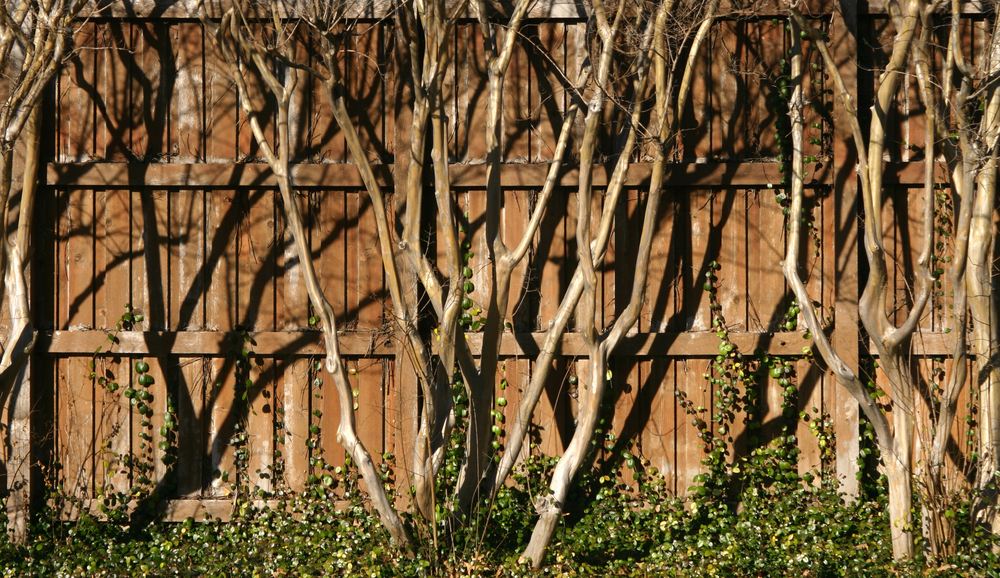
Spring is Perfect for Planting Hydrangeas
As warm spring days begin, many homeowners are feeling compelled to work on new landscaping projects—including planting colorful hydrangea shrubs to liven up their yards.
Because the brightly colored shrubs prefer full sun in the morning, with some afternoon shade, late spring and early summer are the perfect seasons to plant and prepare for a summer bloom that lasts through a mild Florida fall.
Hydrangeas are the perfect flower for beginning gardeners because they are fairly easy to cultivate and tolerate a wide range of soils. From clear blues and frosty whites, to vibrant pinks and lavenders, hydrangeas come in a number of shades, shapes and sizes.
Types of Hydrangeas
There are many different varieties of garden hydrangeas, which is why they can be found in numerous climates. The most common type of hydrangea in the north Florida area is the Bigleaf, or French hydrangea—especially the popular Mophead and Lacecap varieties.
The blue Mophead, “Endless Summer” and the pink to blue Lacecap, “Twist and Shout” are reblooming hybrids that bloom during the summer and produce new flowers sporadically throughout the year. If you’re looking for a plant to add a hint of color well into the fall season after others have gone dormant, hydrangeas are a perfect choice.
Planting Hydrangeas
After you’ve decided what type of hydrangea is best for your yard, it’s time to plant. When planting hydrangeas in a garden space, it is important to give them enough space to mature. Space the holes 3 to 10 feet apart and dig them as deep as the root ball and two to three times as wide. Set the plant in the hole and fill it half full with soil, then add water. After the water has drained, fill the remaining space in the hole with soil. This will ensure the soil will not dry out and will help decrease the chance of wilting leaves.
Caring for Hydrangeas
Hydrangeas need plenty of water in the first few months that they are planted, especially if you wait to plant them in the early summer. Rich, moist soil is the key to growing most varieties of hydrangeas. The richness of your soil will also dictate whether or not you’ll need to fertilize the plant. If your soil is light or sandy, it’s best to feed the plants once a year in the late winter or early spring. However, you’ll still need to be careful not to overfertilize hydrangeas, as too much will encourage leaf growth and hinder blooms.
Pruning your Hydrangeas
Hydrangea flower buds form in the late summer and bloom during the following season, so it is best to avoid pruning after July. This allows time for both regrowth and the current year’s flowering. Most hydrangea plants do not require much pruning beyond the removal of dead wood. If you’re cutting off more than just dead branches in the fall or early spring, you may be removing the new season’s buds. In some cases, hydrangeas may have been improperly sited or have outgrown their desired size. When this happens, remove no more than a third to a half of each main stem.
For more help with planting and caring for your hydrangeas, or any other landscaping needs, contact C&A Landscape at 850-329-0621.



